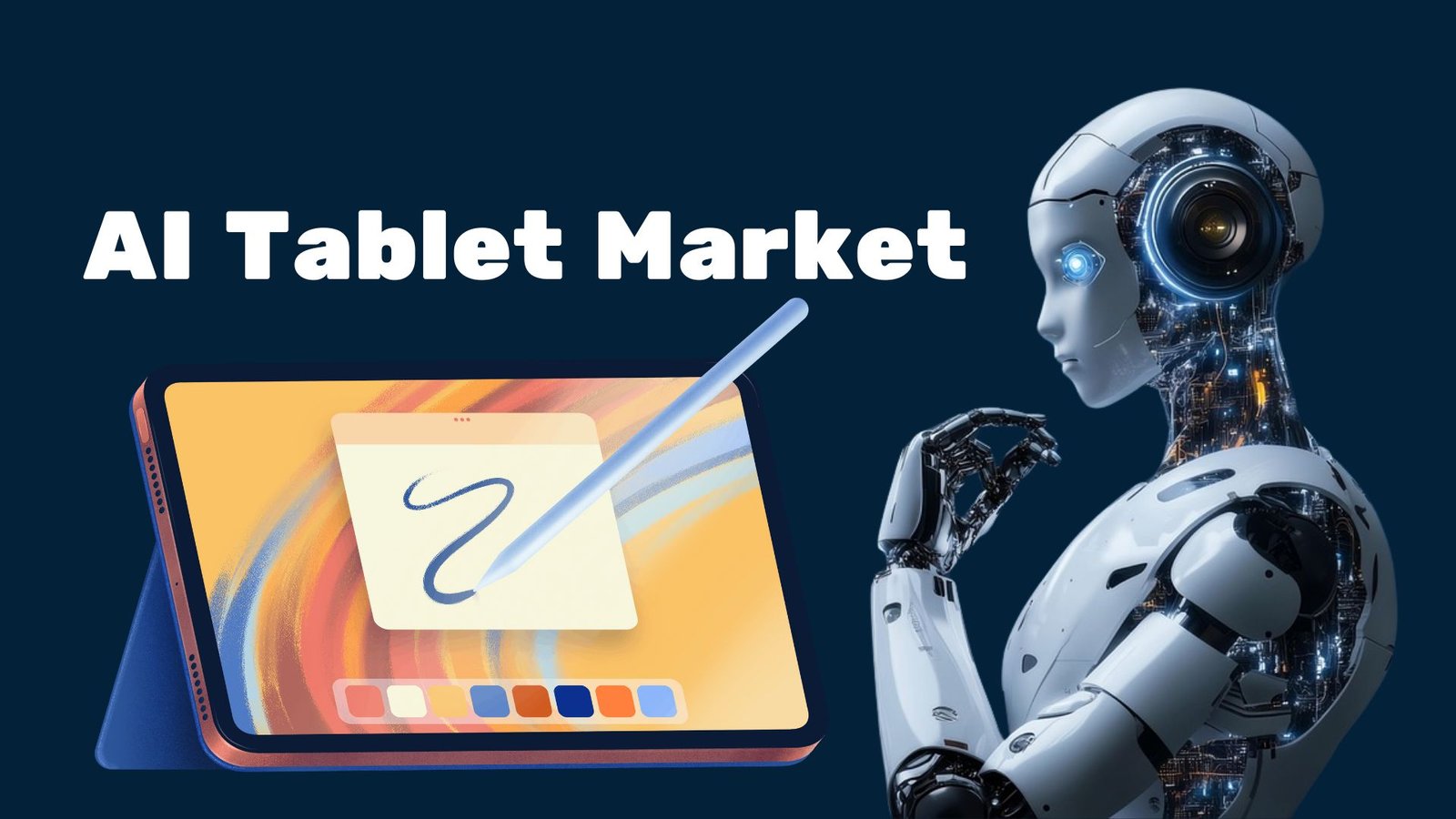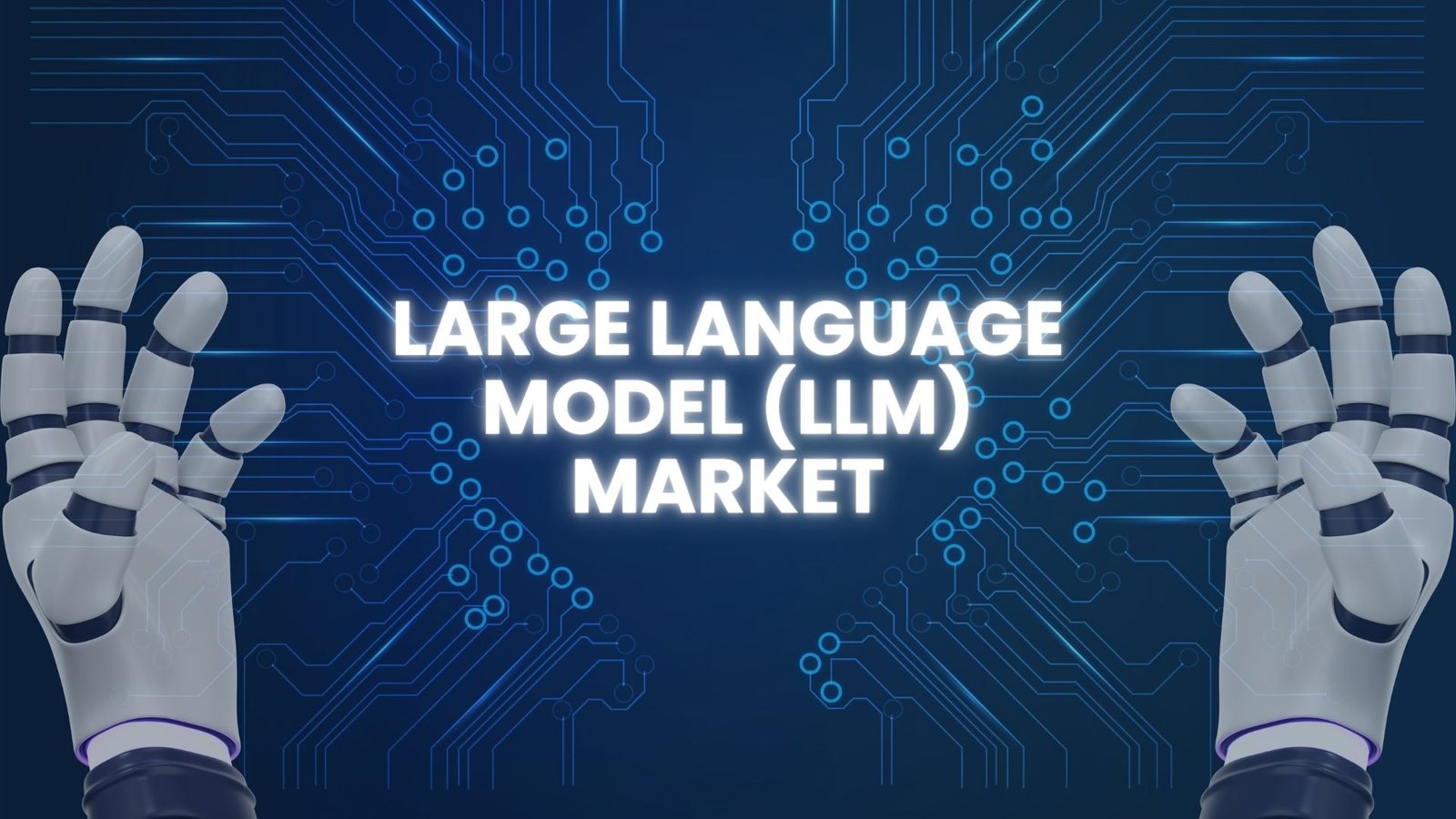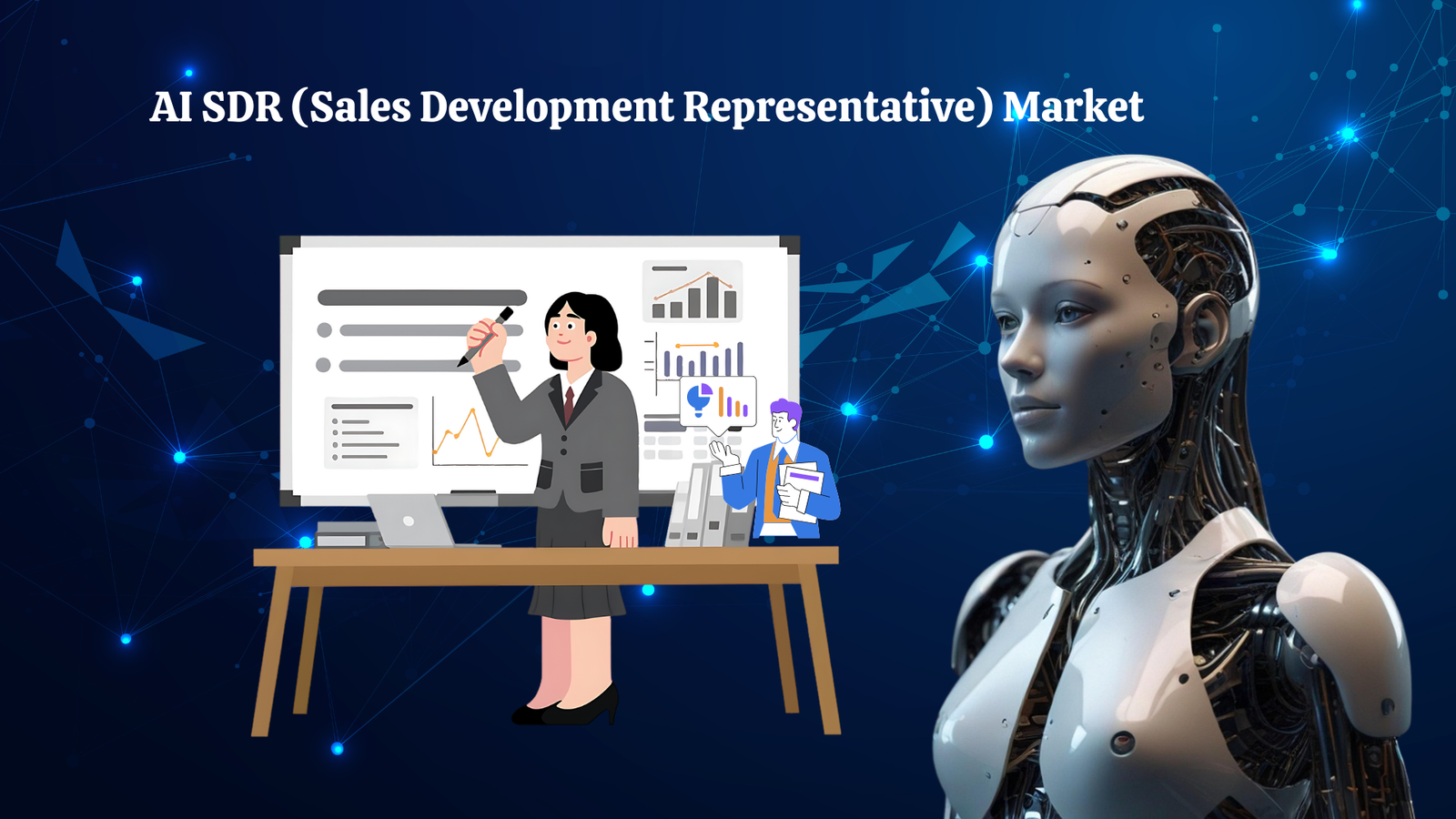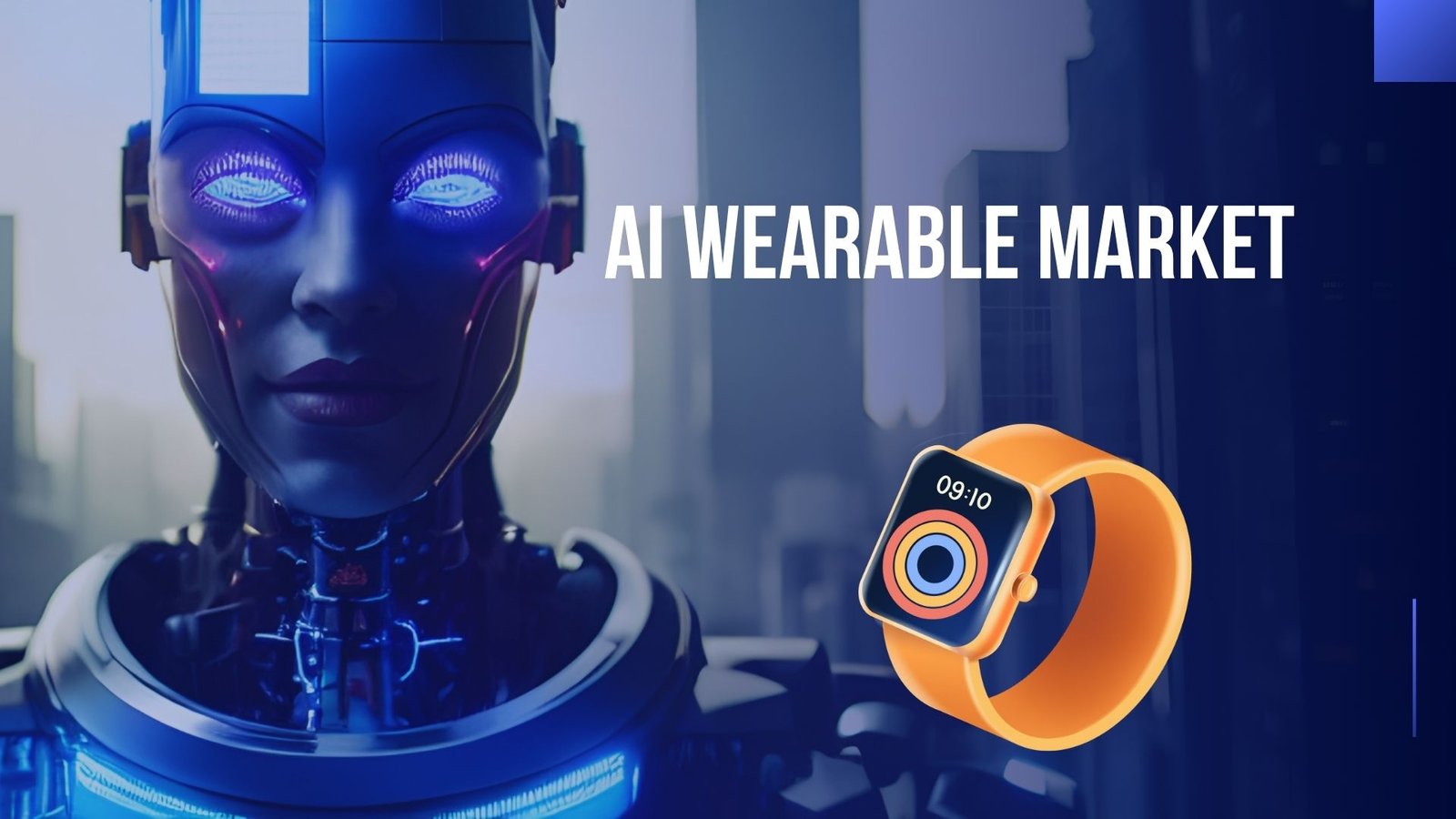AI Market: Transforming Industries with Smart Tech
Updated · Aug 19, 2025
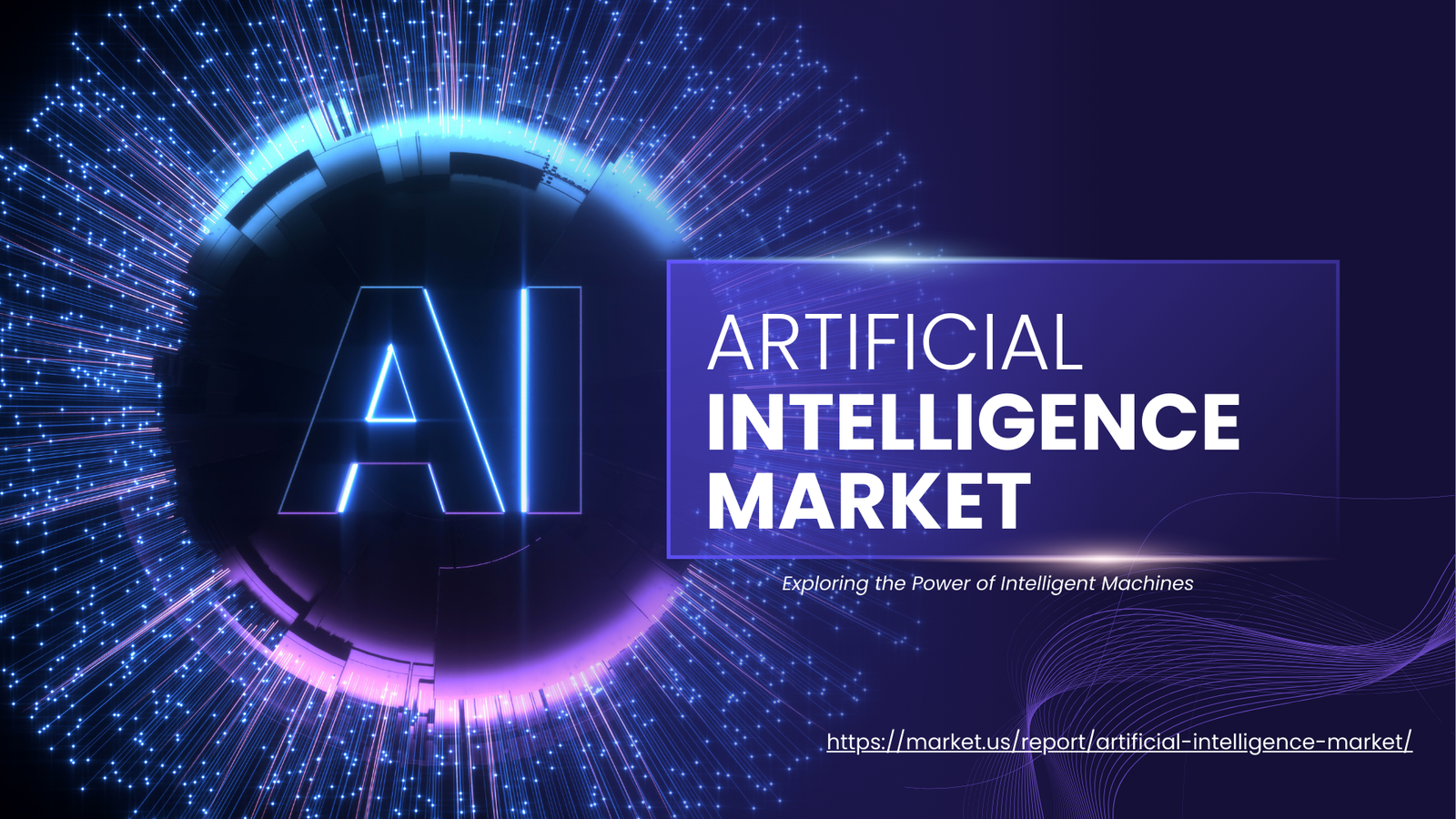
WHAT WE HAVE ON THIS PAGE
Report Overview
According to Market.us, The Global Artificial Intelligence Market is undergoing exponential expansion, rising from USD 250.1 billion in 2023 to an expected USD 3,527.8 billion by 2033, advancing at a robust CAGR of 30.3% during the forecast period. This surge is being driven by increasing adoption of AI across industries including healthcare, finance, retail, manufacturing, and transportation, as organizations leverage machine learning, natural language processing, and computer vision to enhance efficiency and decision-making.
Artificial intelligence as a market comprises software, services, and infrastructure used to build, deploy, and govern machine learning and generative models across industries. Adoption has broadened from pilots to enterprise operations. In 2024, organizations reporting AI use reached 78%, and generative AI use in at least one function reached 71%, indicating that AI has moved into mainstream workflows rather than isolated experiments.
Key driving factors behind this market are rapid advancements in data science, machine learning, and compute infrastructure, along with a strong push from industry and government investments. Businesses want to improve efficiency, boost decision-making, and increase agility. The ability to automate complex tasks, spot trends, and personalize experiences is helping organizations adopt AI tools for customer service, predictive analytics, fraud prevention, supply chain optimization, and more.

(Source – Market.us)
Investment opportunities are concentrated in model infrastructure, data platforms, safety and evaluation tooling, and industry specific copilots. The United States led private AI investment at $109.1 billion in 2024, and generative AI accounted for more than 20% of all AI private investment. Vendors that help enterprises productionize AI with observability, policy controls, and efficient retrieval are positioned to capture near term spend.
Key insights
- In 2023, North America led with USD 97.25 billion revenue, supported by early adoption of AI across industries and strong digital infrastructure. China also emerged as a global leader, with 58% of companies actively using AI and 30% in evaluation stages, outpacing the United States, where 25% of firms adopted AI and 43% were still exploring applications.
- By Component, the Software segment dominated with 43.7% share in 2023, showing the importance of AI-driven applications and platforms.
- By Deployment, Cloud-based AI captured 64.6% share, reflecting demand for scalability and flexibility.
- By Technology, Machine Learning led with 41.1%, highlighting its role in predictive analytics and automation.
- By Application, the Healthcare sector held 15.9% share, demonstrating AI’s growing role in diagnostics, personalized medicine, and patient management.
- Research from the World Economic Forum projects AI will create about 97 million new jobs, counterbalancing workforce concerns from automation.
- Accenture forecasts $3.8 trillion in manufacturing sector gains by 2035 due to AI adoption, showing its transformative economic potential.
According to Forbes Advisor, artificial intelligence is expected to deliver a 21% net increase to the United States GDP by 2030, emphasizing its role as a major driver of economic expansion. This outlook is reinforced by internal survey findings that also project a 21% GDP boost, reflecting broad confidence in AI’s potential.
The rapid adoption of AI is illustrated by ChatGPT, which reached 1 million users within just five days of launch, while surveys show that 64% of businesses expect AI to enhance productivity, demonstrating its rising influence across industries. Research from Exploding Topics further highlights the sector’s momentum, projecting a more than 13x increase in AI industry value within six years. By 2025, as many as 97 million people are expected to be employed in the AI sector, with annual growth rates estimated at 120%.
Moreover, 83% of companies consider AI central to their strategic planning, underlining its role in shaping long-term competitiveness. Industry use cases continue to validate this growth, as Netflix generates approximately USD 1 billion annually from AI-powered recommendations, while 48% of businesses employ AI for big data analysis. In healthcare, 38% of providers are already using computer-aided diagnostics, showcasing how AI is embedding itself into mission-critical operations.
Regional Analysis
In 2023, North America established a leading position, generating approximately USD 97.25 billion in revenue. The region’s dominance is supported by significant investments in AI research and development, widespread deployment of cloud infrastructure, and early integration of AI technologies by enterprises. Strong collaboration between government, academic institutions, and private companies further reinforces North America’s role as a global hub for AI innovation and adoption.

(Source – Market.us)
Emerging Trend Analysis
AI Integration Across Industries and Cloud-Delivered Platforms
The artificial intelligence market in 2025 is experiencing a surge of practical integration across industries including healthcare, finance, manufacturing, and retail. Organizations no longer see AI as an experimental add-on; instead, it’s becoming embedded in everyday business operations.
Solutions like large language models, predictive analytics, intelligent automation, and computer vision are now part of customer service, fraud detection, supply chain management, and medical diagnostics. One of the biggest shifts is toward cloud-native AI, where businesses leverage pre-trained models on scalable cloud infrastructure, making AI accessible to firms of all sizes. This democratization of AI is enabling even smaller enterprises to deploy advanced systems without specialist in-house teams.
Another clear trend is the rising focus on AI’s reasoning capabilities, agentic automation, and the fusion of multimodal data—combining text, images, and structured data for richer insights. As companies race to optimize performance, they are also accelerating partnerships with cloud and chip providers to access the next generation of AI tools. With user adoption expanding rapidly, AI voice assistants and voice search are also seeing record levels of usage in both homes and businesses.
Driver Analysis
Push for Productivity, Efficiency, and Competitive Advantage
The primary driver fueling AI adoption is its proven ability to boost efficiency and productivity at scale. Businesses are leveraging AI to automate repetitive tasks, enhance decision-making, offer personalized customer experiences, and extract value from massive datasets. AI’s role in reducing costs and optimizing operations is now recognized not just by large corporations but also by governments and educational institutions. The availability of cloud-delivered AI tools and APIs reduces traditional barriers, enabling rapid experimentation and deployment across sectors.
Rising competitive pressure means companies can’t afford to lag in their AI adoption. Organizations with mature AI strategies are reaping higher returns and stronger customer loyalty. At the same time, the research community is embracing AI for pattern detection, simulation, and prediction, further broadening its positive impact.
Restraint Analysis
Data Privacy, Algorithm Transparency, and Talent Shortages
Widespread AI adoption is not without hurdles. The use of vast amounts of sensitive and proprietary data raises critical issues around privacy and security. Many organizations and regulators are pushing for greater transparency in how AI models make decisions—especially in sensitive sectors like healthcare and finance where opaque “black box” outcomes can undermine trust.
Finding and retaining skilled professionals in data science, machine learning, and AI engineering is another pressing problem. The growing demand for talent outpaces supply, leading to slower rollout of projects and an ongoing skills gap. Integration with legacy systems and addressing regulatory compliance also create additional technical and organizational restraints.
Opportunity Analysis
Expansion into New Use Cases and Global Markets
There’s a marked opportunity for AI to expand into less digitized industries, emerging economies, and smaller organizations that can now access AI-as-a-service. Developments in sustainable AI, where systems are designed to be energy-efficient and environmentally friendly, are opening the door to more responsible adoption. Collaborative AI, edge computing, and privacy-preserving technologies allow AI deployments even in regulated industries or remote areas.
A rapidly growing field is the use of AI for scientific discovery – researchers are using it to speed up complex simulations, optimize experiments, and predict outcomes. Making AI more accessible and interpretable will unlock more use cases, including healthcare diagnostics, agricultural automation, and customized education.
Challenge Analysis
Ethics, Bias, Socio-Economic Impact, and Regulation
A central challenge is ensuring AI systems are fair, ethical, and free of bias. Historical data and algorithm design can introduce unintended discrimination, affecting hiring, lending, and safety applications. The socio-economic implications of AI – such as job displacement – are under scrutiny, pushing for education, retraining, and updated policy frameworks.
Rapid technological advancement makes it difficult for policy and regulation to keep pace, leading to uncertainties around appropriate oversight. Building interdisciplinary teams to address technical, legal, and societal issues is necessary for sustainable progress. Transparent, explainable, and well-governed AI will be critical for maintaining public trust and unlocking the full benefits of artificial intelligence.
Key Market Segments
By Component
- Hardware
- Software
- Services
By Deployment
- On-Premise
- Cloud-based
By Technology
- Machine Learning (ML)
- Natural Language Processing (NLP)
- Computer Vision
- Others
By Industry
- Healthcare
- BFSI
- Manufacturing
- Retail and eCommerce
- Media & Entertainment
- Transportation
- Automotive
- Education
- Others
Top Key Players in AI Market
- Alphabet Inc. (Google AI)
- Microsoft Corporation
- IBM Corporation
- Amazon Web Services (AWS)
- NVIDIA Corporation
- Meta Platforms, Inc.
- Intel Corporation
- OpenAI
- Baidu, Inc.
- Tencent Holdings Ltd.
- Salesforce Inc.
- Oracle Corporation
- SAP SE
- Huawei Technologies Co., Ltd.
- Alibaba Group
- C3.ai
- SAS Institute Inc.
- Palantir Technologies
- Siemens AG
- Other Key Players
Recent Developments
- In March 2025, ServiceNow introduced a new suite of AI-powered products designed to advance enterprise workflow automation. The launch included AI Agent Studio, a no-code tool enabling organizations to build custom AI agents, and AI Agent Orchestrator, a centralized system to coordinate agent activities. In addition, the company unveiled thousands of pre-built AI agents aimed at optimizing business operations and reducing mean-time-to-resolution, signaling a major step toward scalable automation across industries.
- In March 2025, the Commonwealth Bank of Australia deepened its investment and partnership with Anthropic PBC to accelerate the adoption of artificial intelligence in financial services. The collaboration is focused on enhancing customer experience, supporting staff with advanced AI tools, and giving the bank’s technologists access to Anthropic’s expertise in safe and responsible AI development. This reflects the banking sector’s growing commitment to integrating trustworthy AI into customer-facing and operational systems.
- Also in March 2025, NTT DATA Group Corporation expanded its partnership with CrowdStrike, Inc. to strengthen its managed cybersecurity services. By integrating the AI-native Falcon platform, NTT DATA aims to deliver advanced threat detection and protection capabilities. The partnership underscores the increasing reliance on AI-driven cybersecurity solutions to safeguard enterprises against evolving digital threats while enhancing operational resilience.
Source of Information – https://market.us/report/artificial-intelligence-market/

Rohan is a senior editor at Techno Trenz. He knows a lot about digital marketing, SEO, and social media optimization. Rohan is great at creating and editing detailed articles with accurate statistics that readers find useful. As a senior editor, he reviews and checks the quality of content from many writers before it is published. He also makes infographics to go with the statistics, making the information easier to understand and more engaging. Rohan's hard work ensures that Techno Trenz provides high-quality and informative content to its readers.



